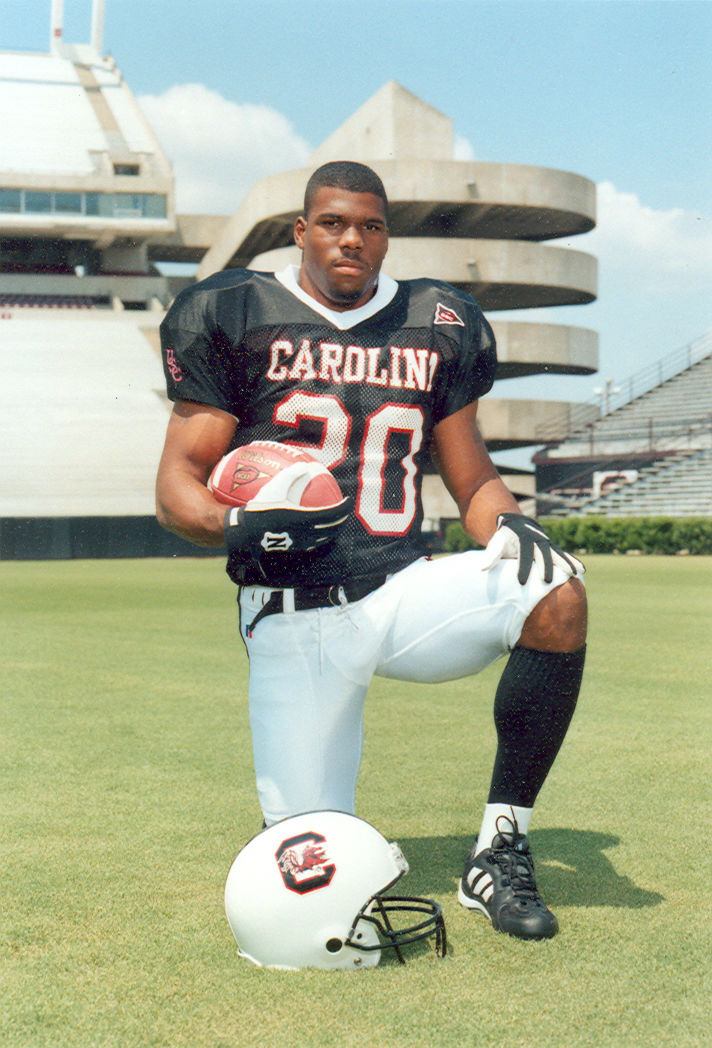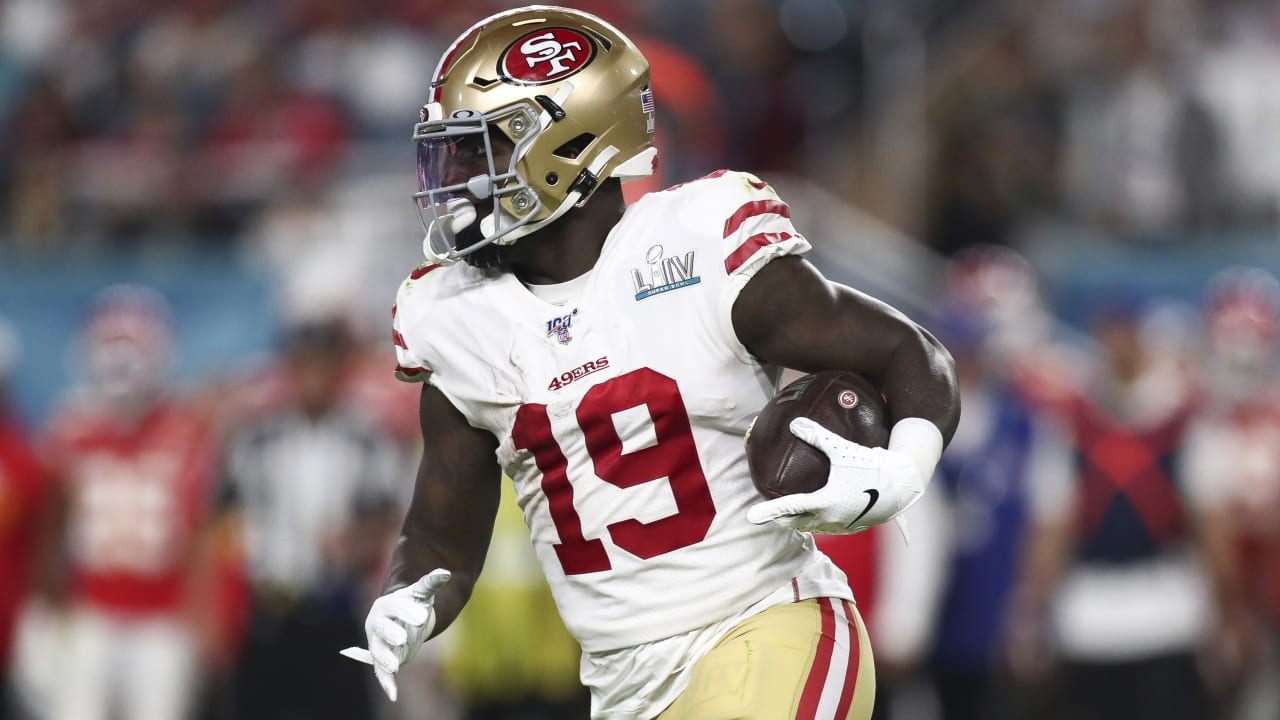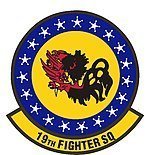Gamecock Fanatics
You are using an out of date browser. It may not display this or other websites correctly.
You should upgrade or use an alternative browser.
You should upgrade or use an alternative browser.
Countdown to Kickoff II: The Final 24 Days
- Thread starter Swayin
- Start date
The Douglas A-20 Havoc, one of the most successful heavy attack aircraft of the war. More than 7,000 were built and they were heavily exported to the Soviets and the Brits, who renamed it the Boston when it was in RAF service. The most popular variant, the A-20G, featured four .50 cals in the solid nose. Below, an A-20 successfully skip-bombs a Japanese transport in the Bismarck Sea, pulling up just as the bomb impacts the target. Bottom: A-20s over France prior to D-Day.




Last edited by a moderator:

Last edited by a moderator:
Caproni Ca.20 aircraft.

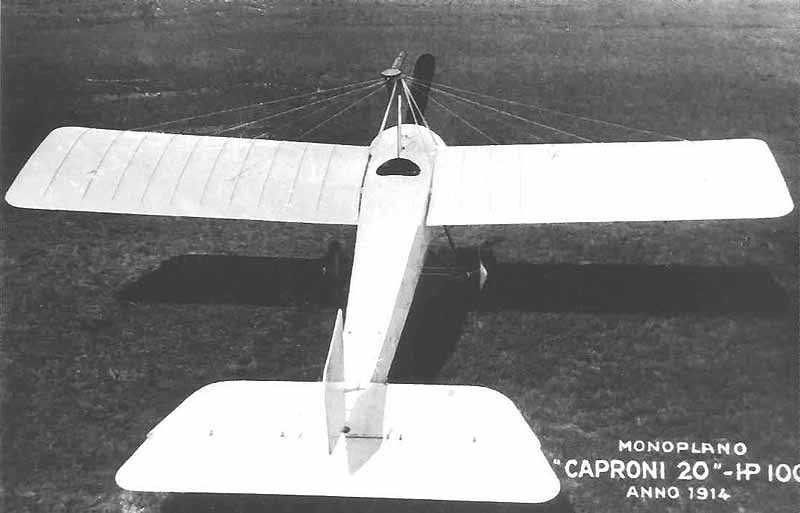
https://en.wikipedia.org/wiki/Caproni_Ca.20

History of the Design
The Ca.20 was derived from the Ca.18, an observation monoplane that had been developed starting in 1913 from the previous models Ca.8 and Ca.16. It used a more powerful engine, the Rhône. It used an unusual rounded nose cover for the wooden propeller which was cowled smoothly to match the fuselage. The cover was pierced to allow cooling of the engine. The improved aerodynamics helped speed and manoeuvrability. Designed as a fighter, a Lewis machine gun was installed above the pilot, placed above the propeller disc, with an eye level sight. The first synchronization devices, which allowed a weapon to shoot with confidence through the blades of a propeller in motion, would not make their appearance until the Fokker Eindecker during 1915, although many experiments had been conducted by the French since 1913.

https://en.wikipedia.org/wiki/Caproni_Ca.20
Sikorsky S-20.


https://en.wikipedia.org/wiki/Sikorsky_S-20The Sikorsky S-20 (named after its designer) or RBVZ S-XX (named after its manufacturer) was a Russian single-bay unequal span two-seat biplane designed by Igor Sikorsky in 1916. Displaying some Nieuport influence, it saw very little service during World War I.
Five S-XX aircraft were built in September 1916, with the first two powered by the 100 hp Gnome rotary engine which had powered its predecessor, the RBVZ S-XVI. However, the other three were powered with the 120 hp Le Rhone engine, with which they were allegedly faster than the French Nieuport 17.
Homebrewcock
GCF Top Poster
Homebrewcock
GCF Top Poster
Homebrewcock
GCF Top Poster
Lance Alworth
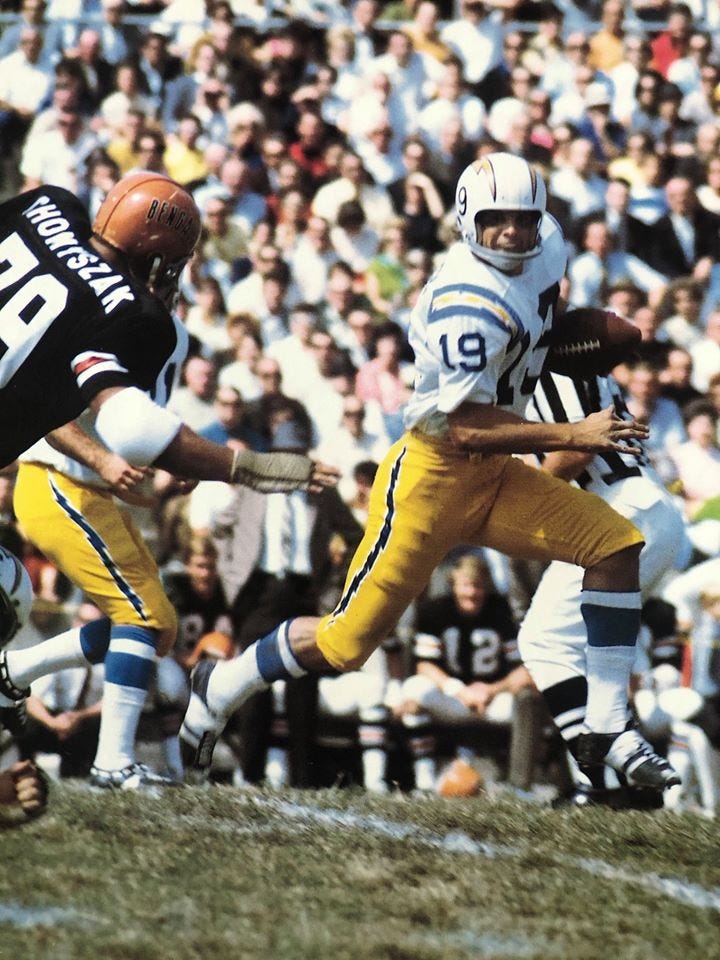

From a 2013 story:

https://en.wikipedia.org/wiki/Lance_AlworthSan Diego Chargers
Alworth was chosen in the first round (eighth overall) of the 1962 NFL draft by the San Francisco 49ers. The American Football League's Oakland Raiders selected him with their first pick (ninth overall) in the second round of the 1962 AFL Draft, and then traded his rights to the San Diego Chargers in return for halfback Bo Roberson, quarterback Hunter Enis, and offensive tackle Gene Selawski. Alworth opted to sign with the Chargers instead of the 49ers. The Chargers kept Alworth at flanker. His slender build, speed, grace, and leaping ability earned him the nickname "Bambi."
In his rookie season, Alworth had just 10 receptions in 4 games (though three were for touchdowns). His second year was a different story, as he set franchise records in receptions (61), yards (1,205), and touchdowns (11), earning the UPI's AFL Most Valuable Player award. He had 4 receptions for 77 yards, including a 48-yard touchdown, in San Diego's AFL championship win over the Boston Patriots. He was selected as an AFL Western Division All-Star for the first of seven consecutive seasons, as well as an AFL All-League flanker for the first of six seasons, selected by his peers from 1963 to 1966, and by newspaper wire services from 1967 to 1968.
Over the next six seasons (1964–69), Alworth broke his own franchise receiving records several times, and also led the league in receptions, receiving yards, receiving touchdowns, and total touchdowns three times each. He shattered the record for most consecutive seasons with over 1,000 receiving yards (7, previously 3, now held by Jerry Rice with 11), and was the first player with back-to-back seasons averaging 100+ receiving yards per game, both of which led the league. The 1966 season was particularly noteworthy, because he led the league in five categories. He still shares the record for the most regular-season games with 200+ yards receiving (5), and had a franchise-record streak of 96 consecutive games with a reception.
Alworth formed a formidable tandem with Chargers quarterback John Hadl, and is considered by many to be the best wide receiver in all professional football during the 1960s. He is a member of the AFL All-Time Team. He was the first of only a few American Football League stars to be featured on the cover of Sports Illustrated, which like other media of the 1960s, showed a distinct bias for the NFL. Sports Illustrated even went so far as to declare Alworth the "Top Pro Receiver" in December 1965, this at a time when many[who?] claimed the AFL had inferior players. Alworth's productivity sharply declined in 1970 (35 catches for 608 yards), and he was traded to Dallas at the end of the season.
Dallas Cowboys
On May 19, 1971, Alworth was traded to the Dallas Cowboys, for his final two seasons. In exchange, the Chargers received Tony Liscio, Pettis Norman, and Ron East.
In Super Bowl VI following the 1971 season, he scored the game's first touchdown, which was a 7-yard touchdown pass from Roger Staubach in the Cowboys' 24-3 victory over the Miami Dolphins. Alworth would later call the two receptions he made in Super Bowl VI (one that converted a third and long and the other for the touchdown) the two most important catches of his career.
NFL records
- Most games with 200+ receiving yards: 5 (tied with Calvin Johnson)
- Fastest to 5,000 career receiving yards (52 games)
- Fastest to 6,000 career receiving yards (62 games)
- Fastest to 7,000 career receiving yards (tied with Julio Jones (72 games)
- Fastest to 8,000 career receiving yards (83 games)
- Most receiving yards in first 50 games: 4,785
- Most receiving yards in first 75 games: 7,532
- Most touchdown receptions, 70+ yards, career: 12
- Most consecutive seasons, 11+ TD receptions: 4 (1963–1966; tied with Marvin Harrison, 1999–2002; Art Powell, 1963–1966)
- Most consecutive seasons, 12+ TD receptions: 3, (1964–1966; tied with Jerry Rice, 1989–1991 and 1993–1995; Marvin Harrison, 1999–2001 and 2004–2006; Terrell Owens, 2000–2002; Cris Carter, 1997–1999)
- Most consecutive seasons, 13+ TD receptions: 3, (1964–1966; tied with Jerry Rice, 1989–1991 and 1993–1995; Terrell Owens, 2000–2002)

From a 2013 story:
https://www.espn.com/dallas/nfl/story/_/id/9898456/lance-alworth-get-stolen-dallas-cowboys-super-bowl-ring-backPro Football Hall of Famer Lance Alworth is getting back his Super Bowl ring, 21 years after it was stolen.
Lance Alworth caught a touchdown pass from Roger Staubach in the Cowboys' Super Bowl VI victory. AP Photo
The San Diego County Sheriff's Department said Tuesday the 1971 ring, which he received as a member of the Super Bowl VI champion Dallas Cowboys, was scheduled to be sold Nov. 20 at an auction house in Laguna Niguel with an opening bid of $44,000. The ring was reported stolen in 1992 from a San Diego bar that displayed sports memorabilia.
Investigators say Alworth received a phone call last month demanding $40,000 for the ring. The former wide receiver for the San Diego Chargers and the Cowboys contacted authorities.
No arrests have been made.
Last edited by a moderator:
Homebrewcock
GCF Top Poster
Homebrewcock
GCF Top Poster
Marty Simpson
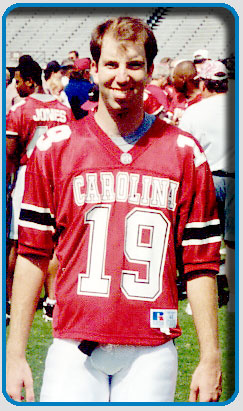

Homebrewcock
GCF Top Poster

http://i.ebayimg.com/images/g/JwEAAOSw5cldWzin/s-l500.jpg


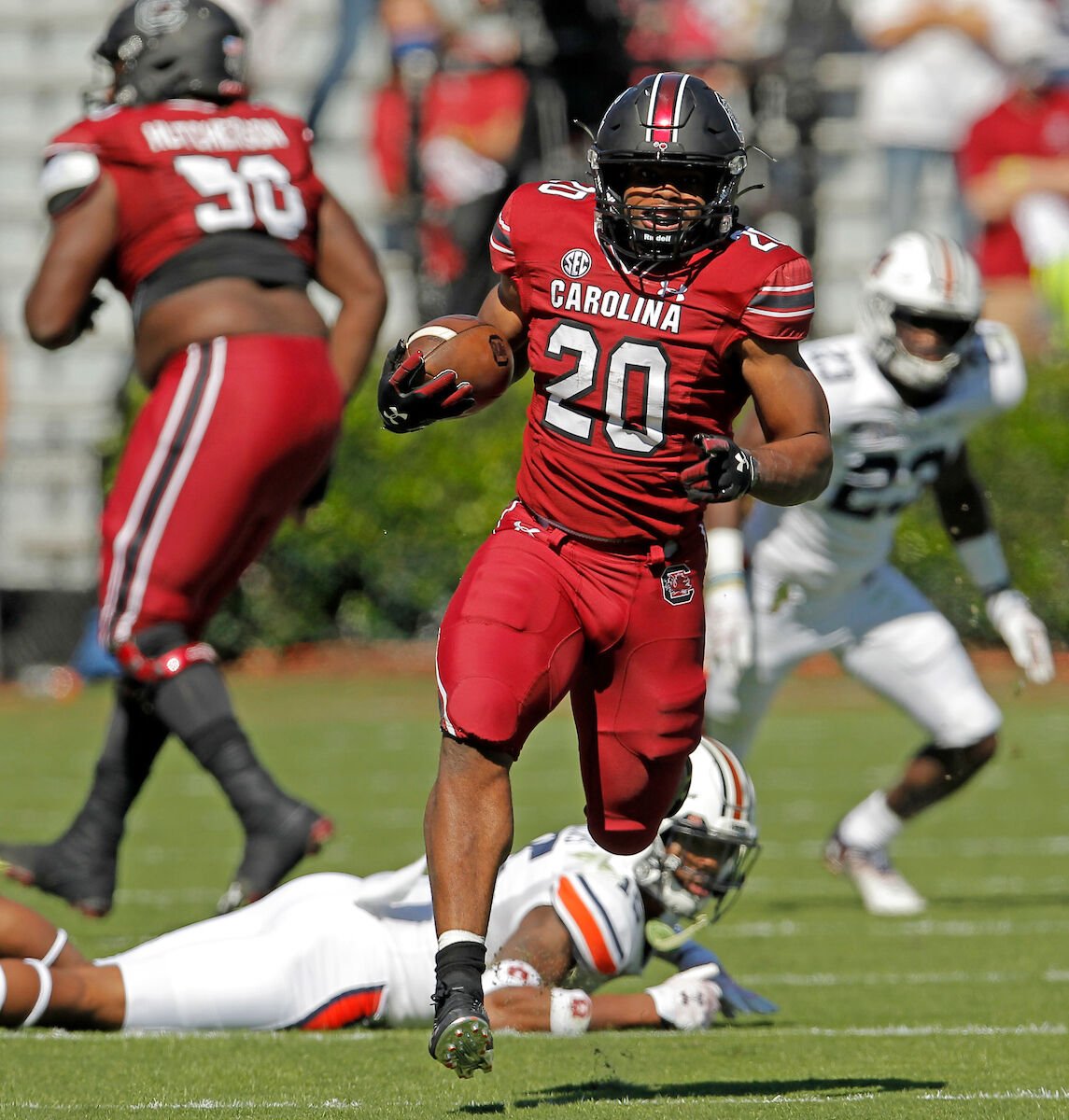
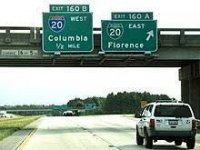
_underway_at_sea_on_20_October_1944.jpg)
_underway_at_sea_on_5_March_1965_(NH_97581).jpg)
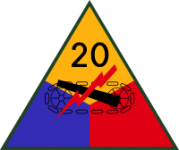

/cloudfront-us-east-1.images.arcpublishing.com/gray/U6KAE2KPMBEPXHEY6ESJSKUVQA.jpg)
:format(jpeg)/cdn.vox-cdn.com/uploads/chorus_image/image/37992662/185981897.0.jpg)
